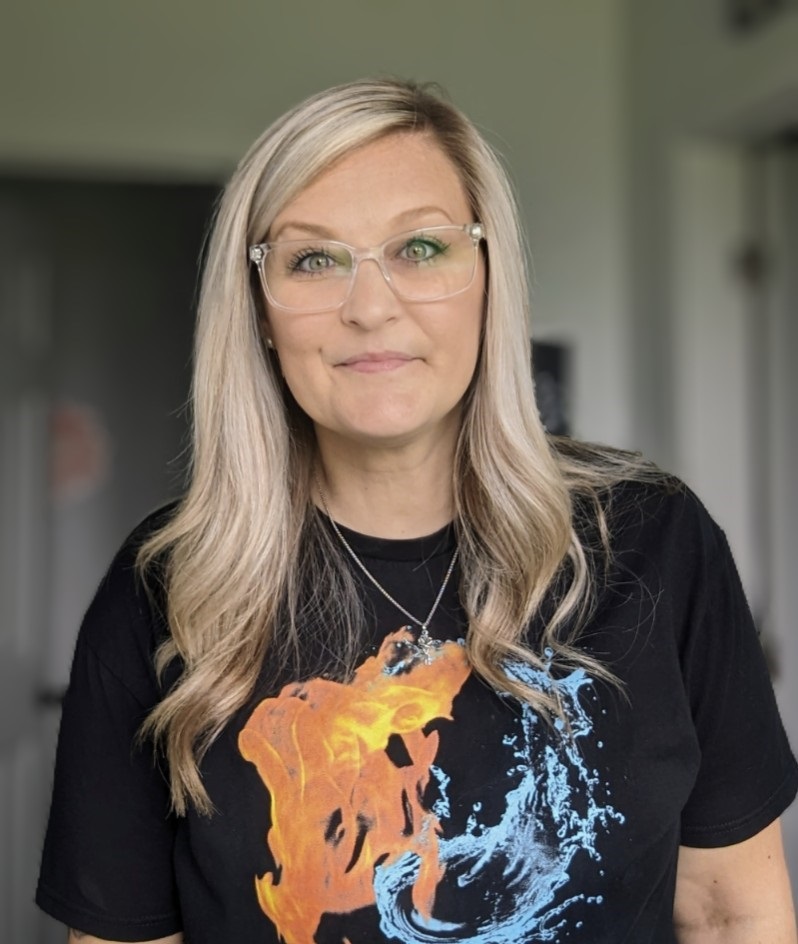Know the signs of a stroke
May 7, 2024 – (EAST TEXAS) – May is National Stroke Awareness Month and CHRISTUS Health is encouraging people to know the signs of a stroke, which affects nearly 800,000 Americans each year.
The Centers for Disease Control estimates that every 40 seconds someone in the United States has a stroke and that every 3 minutes and 14 seconds, someone dies of stroke.
“Your readiness to spot the stroke warning signs and call 911 could save a life or make the difference between a full recovery and long-term disability,” said Kala Anders, stroke program coordinator at CHRISTUS Mother Frances Hospital – Sulphur Springs and Winnsboro.
A stroke, sometimes called a brain attack, occurs when something blocks blood supply to part of the brain or when a blood vessel in the brain bursts.
Anders said that, generally, if a stroke patient receives treatment within three or four hours of the first symptoms, major long-term disabilities can be reduced or eliminated.
“The quicker the better,” she says.
The easiest way to recognize symptoms is the acronym: B.E.F.A.S.T.
B: Balance – Is there a sudden loss of balance or coordination?
E: Eyes – Is there sudden blurred or double vision?
F: Face – Ask the person to smile. Does one side of their face droop?
A: Arm – Ask the person to raise both arms. Does one arm drift downward?
S: Speech – Ask the person to repeat a simple phrase. Is their speech slurred or strange?
T: Time – If you observe any of these signs, call 911 immediately, as time is very important.
If you are a stroke survivor, you are at a higher risk of having another stroke, as nearly 200,000 strokes are in people who have had a previous stroke, Anders said.
High blood pressure, high cholesterol, smoking, obesity and diabetes are leading causes of stroke, with one in three U.S. adults having at least one of these conditions or habits.
People with atrial fibrillation (a-fib) are prone to suffer more serious strokes than those with other underlying factors.
“Life after a stroke can be broken down into thirds,” Anders said. “A third of people will live with a disability after a stroke, a third will live a normal life and a third, unfortunately, die from a stroke. This is why it is so imperative to follow preventative measures, to hopefully reduce your risk of a stroke.”
#








